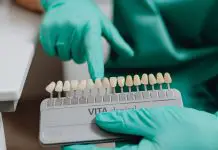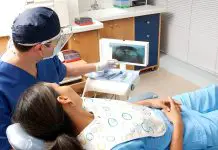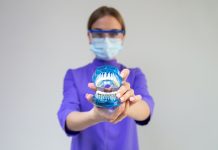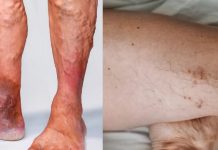Overview, Causes, & Risk Factors
Cerebral palsy, which is also called CP, is a motor impairment due to an injury to the brain before it is fully mature. These motor problems are initially seen in the first few years of the child’s life and generally don’t worsen over time.
What is going on in the body?
Cerebral palsy is a motor impairment caused by an injury to the brain. The brain damage may occur before birth, during delivery, or even after the child is born. There are four major types of cerebral palsy:
At one time, CP was thought to be caused by the infant getting too little oxygen during birth. More recent studies suggest that most cases come from problems during pregnancy.
What are the causes and risks of the disease?
The brain damage that causes CP can occur before birth, during labor and delivery, or in the first few years of life. Common causes include the following:
Following are some of the risk factors for cerebral palsy:
Symptoms & Signs
What are the signs and symptoms of the disease?
Cerebral palsy may cause a variety of symptoms, depending on the type of CP and the amount of brain damage. In addition to the motor problems described above, people with CP may have the following symptoms:
Diagnosis & Tests
How is the disease diagnosed?
The diagnosis of cerebral palsy begins with a medical history and physical exam. The healthcare provider will look for signs of muscle problems related to nervous system injury. Delays in normal development will also be assessed. It may take time for the diagnosis to become clear. Some signs of CP may change over time. Some signs may appear after the diagnosis has been made.
The healthcare provider may order the following tests to rule out other disorders, or to look for the cause of the CP:
Prevention & Expectations
What can be done to prevent the disease?
Cerebral palsy is not always preventable. The following recommendations may prevent some cases of CP:
What are the long-term effects of the disease?
CP can affect different areas of the brain. There can be many long-term effects from brain injury involving many areas of functioning. People with CP may have various limitations in activity due to movement problems. Learning disabilities or communication\ \
The imbalance of muscle tone and strength can result in skeletal problems. The child may develop scoliosis, or curvature of the spine. The joints may lose their ability to bend, and the hip joints may dislocate easily.
What are the risks to others?
Cerebral palsy is not contagious and poses no risk to others.
Treatment & Monitoring
What are the treatments for the disease?
Cerebral palsy cannot be cured. Treatment is geared toward improving the individual’s functional abilities and quality of life.
Children with CP should be helped to lead as normal a life as possible. Sports for children with disabilities provide instruction and opportunity to participate in team activities.
What are the side effects of the treatments?
Medicines used to treat CP may cause allergic reactions, stomach upset, or drowsiness. Surgery may cause bleeding, infection, or allergic reaction to anesthesia.
What happens after treatment for the disease?
Most children with CP need some type of assistance or treatment for life. Severely affected children may need intense, around-the-clock care for the rest of their lives.
How is the disease monitored?
Continuous monitoring by the caregivers and healthcare providers helps identify problems early. This allows treatment to be started at the earliest time to maximize function and quality of life. Any new or worsening symptoms should be reported to the healthcare provider.
Article type: xmedgeneral














































